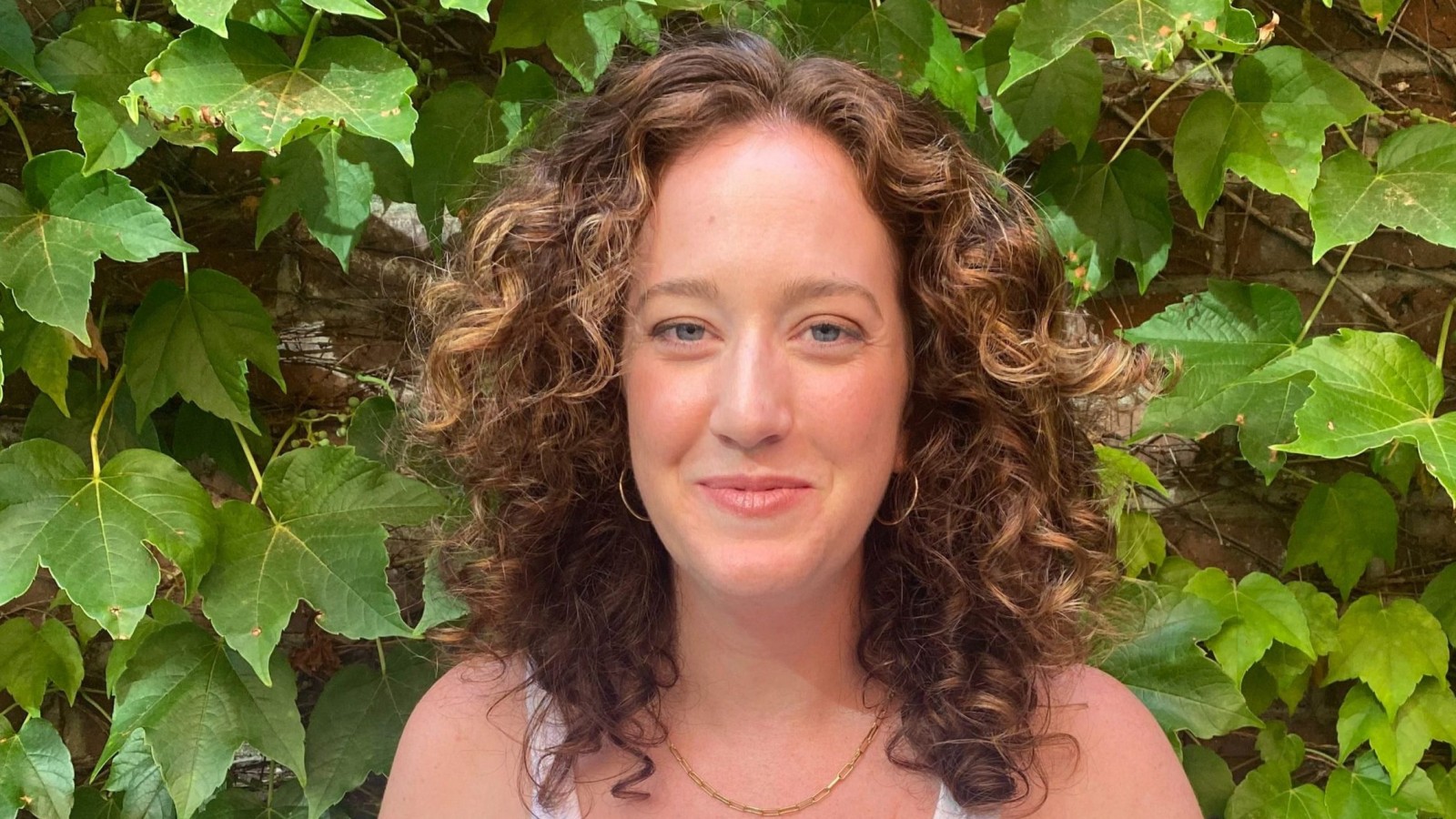Madeleine French

Biography
Growing up in Queens, New York, Madeleine developed an appreciation for public space and the crucial role that it plays in community cohesion, urban health, and social equity. Currently, Madeleine is a second-year master of urban and regional planning student with a concentration in design and development. She received her B.A. in Growth & Structure of Cities from Bryn Mawr College in 2014.
Prior to graduate school, Madeleine worked on urban infrastructure projects across New York City, including the Laguardia Airport Redesign and the LinkNYC communications network that replaced New York City’s payphone system. Moving forward in her career, Madeleine hopes to leverage urban design to make cities more resilient, inclusive, and sustainable.
Project Overview
For my project, I will be collaborating with Kounkuey Design Initiative (KDI) and my classmate Zoe Frumin to develop a toolkit for inclusive park design. Too often, unhoused individuals are not considered stakeholders in the design of the very public parks that they are frequent users of. In response, I will focus on a chapter of the toolkit that will provide guidance on designing parks for people of all housing statuses. The larger question guiding my research is: How can parks be designed as inclusive, supportive public spaces for people experiencing homelessness, while also facilitating cohesion between housed and unhoused park users?
Motivating my project is a fundamental belief that public spaces should be designed as an inclusive resource that evokes a sense of belonging and safety, while promoting joy and connection. Parks can be spaces designed to foster community between housed and unhoused neighbors, provide necessary resources and services, and restore humanity and dignity to people who are all too often criminalized in the public realm.
Why is this topic, specifically, important to you?
I knew that I wanted to conduct research that promoted park access for populations that have historically been excluded from and discriminated against in public space. I connected with KDI planners through a class that I took on participatory planning taught by KDI practitioners, and they expressed a need in the urban design field for a comprehensive guide to inclusive park design. I am specifically interested in inclusive design for unhoused populations, as housing insecurity is a widespread and pervasive problem that planners and policymakers have far too often responded to with hostile design and criminalization. Instead, I would like to reimagine parks as spaces that can provide place-based outreach and support a transition to long-term housing — and I know that design can be leveraged to do so.
How do you hope that this project will impact the field moving forward?
With this project, I hope to develop a toolkit that public agency staff, urban planning and design practitioners, advocacy organizations, and community members can use to plan, design, and evaluate park inclusivity specifically for the unhoused. I hope that this project is part of a larger movement in the urban design field away from hostile and exclusionary design practices and towards design practices that acknowledge the role that urban parks can play in addressing critical social issues.
Fellow at a Glance
FELLOWSHIP YEAR
ACADEMIC BACKGROUND
PROJECT TITLE
